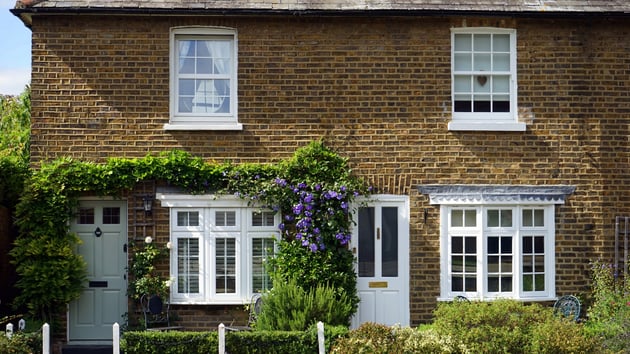BLOG
Buy-to-let landlords-the new rules on interest relief

With rising property costs and low interest rates, many people took out a mortgage to invest in a buy-to-let property. As long as property prices continued to rise and the tenants paid their rent, investors could make money from the rising market while the rent from the tenant paid off the mortgage – all the investor needed was the deposit and to convince the bank to lend them themoney.
Fast forward a few years and the buy-to-let star is not burning quite so bright. Second and subsequent properties now attract a 3% stamp duty supplement – making them more expensive to buy – and relief for mortgage interest and other costs is being seriously reduced.
Interest relief – the new rules
Prior to 6 April 2016, the rules were simple. In calculating the profits of his or her property business, the landlord simply deducted the associated mortgage interest and finance costs.
New rules apply from 6 April 2017, with changes being phased in gradually over a four-year period so as to move from a system under which relief is given fully by deduction to one where relief is given as a basic rate tax reduction. This changes both the rate and mechanism of relief. The changes do not apply to property companies – only unincorporated businesses.
What does this mean
Relief by deduction simply means deducting the amount of the interest, as for other expenses, in working out the profit or loss of the property business.
Where relief is given as a basic rate tax reduction, instead of deducting the interest in calculating profit, 20% of the interest is deducted from the tax calculated by reference to the profit (as determined without taking out interest for which relief is given as a tax reduction).
2017/18
For 2017/18, a landlord can deduct in full 75% of his or her finance cost. The remainder is given as a basic rate tax reduction.
Example
Freddie has a number of buy to let properties. In 2017/18, his rental income is £21,000, he pays mortgage interest of £5,000 and has other expenses of £3,000. He is a higher rate taxpayer.
Tax on his rental income is calculated as follows:
Rental income £21,000
Less: interest (75% of £5,000) (£3,750)
other expenses (£3,000)
Taxable profit £14,250
Tax @ 40% £5,700
Less: basic rate tax reduction
(20% (£5,000 x 25%)) (£250)
Tax payable £5,450
This compares to a tax bill of £5,200, which would have been payable had relief for the interest been given in full by deduction.
Looking ahead
The pendulum swings gradually from relief by deduction to relief as a basic rate tax reduction. In 2018/19, relief for half of the interest and finance costs is by deduction and relief for the other half is as a basic rate tax deduction. In 2019/20, only 25% of the interest and finance costs are deductible, relief for the remaining 75% being given as a basic rate tax reduction. From 2020/21 onwards, relief is only available as a basic rate tax reduction.
Get in touch with Inform if you need further advice on your buy-to-let property interest relief and any tax related matters. 
Read more of Inform's tax blogs:
New start up business- what profits are taxed?
VAT flat rate scheme and relevant goods- What counts?





.jpg?width=1500&height=1000&name=amy-hirschi-K0c8ko3e6AA-unsplash-(5).jpg)

